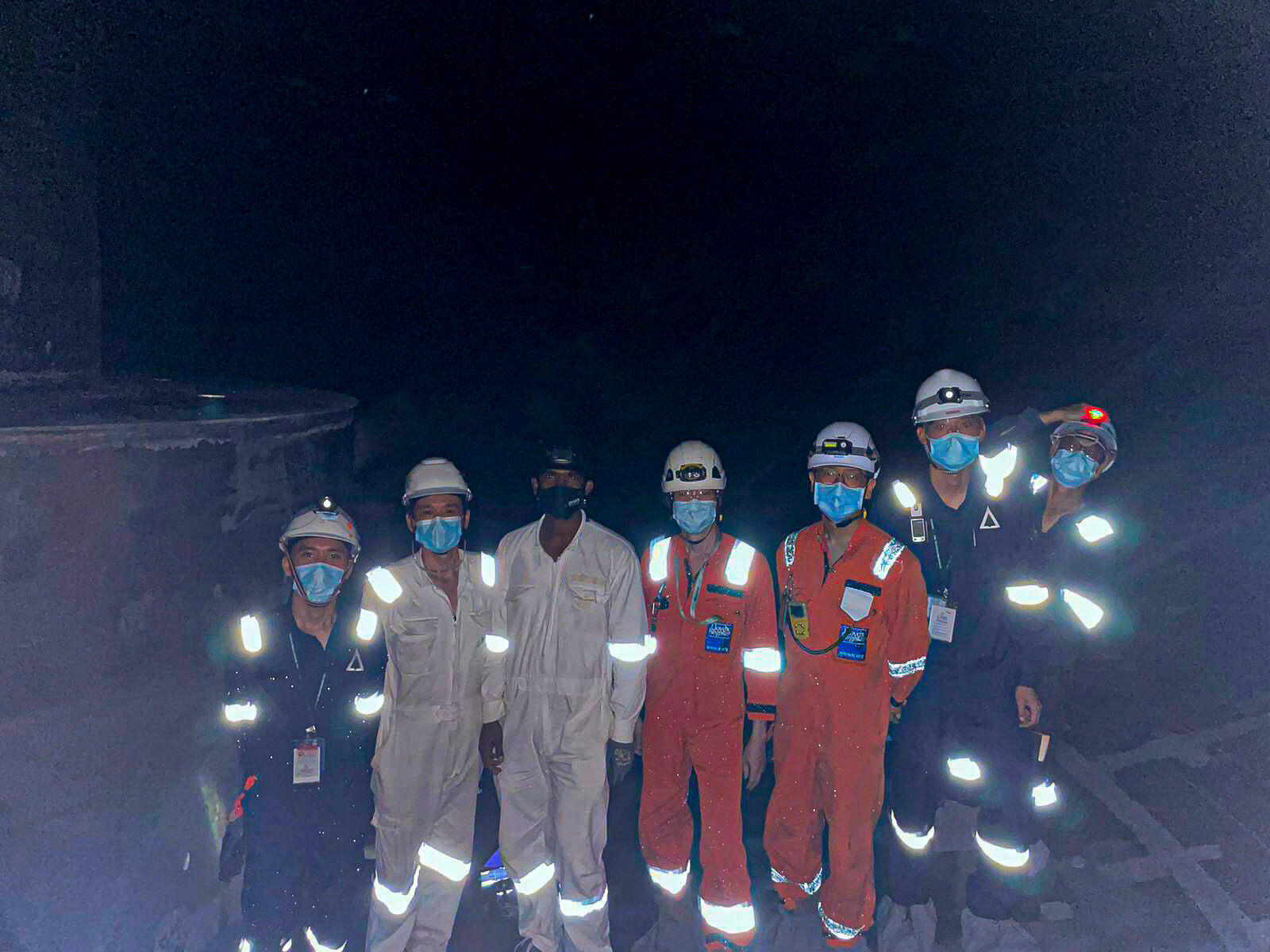It takes two to fly : Part 1
/Many of our operations with our larger custom-made drones comprises of a two man crew, the pilot and Gimbal operator. To the uninitiated, the pair cuts a strange sight, one looking up at the sky and the other seemingly looking at the ground - actually looking at the monitor of his or her screen, observing the camera feed that is being beamed back from the drone in the air.
Typical dual operator drone.
Basically, the pilot controls the drone, while the Gimbal operator controls the independent motorized camera suspending from the bottom of the drone - which can swivel left to right and tilt up and down.
Teamwork between Gimbal operator and pilot is an undervalued aspect of drone operations, and is a mix of a healthy dose of mutual respect, trust, constant communication, understanding of each others limitations, a communication language and a drop of chemistry.
Sounds like a relationship? Well it really is, and more often then not It is what separates a competent team from a great team, and likewise, acceptable results from great results.
On this topic, there are many things to discuss and share, but some points may have jumped out at you, such as:
Understanding limitations:
Drone operations, are high stress operations, each operator has multiple roles.
Pilot :
- flying drone
- monitoring weather conditions
- monitoring drone telemetry
- scanning of potential obstacles and hazards
- listening to Gimbal operator instructions and translating them to drone movements
Gimbal operator :
- liaising with client, communicating with pilots for drone movement
- controlling camera movement
- assisting pilot with telemetry read out
- controlling the ground around take off and landing points
- managing the public passersbys (managing curious onlookers is an almost full time job)
All these are aimed at getting the drone maneuvered to a right point to ensure that objectives are achieved, be it the best angle for an architectural shot, or the right angle to look through a nook and cranny to inspect bolt fittings on a tower crane - all while operating in a limited 15+ minute window before the battery runs out.
Limited batteries can be brought to the field, which piles on more stress, exacerbated by a client breathing over your shoulder(s). Each flight has to count.
In general, these the two staff sometimes have conflicting objectives, the pilot does wants to get the bird down to the ground safely, the Gimbal operator wants to stay in the air to grab more photographs/videos/scans.
These conflicts can naturally results in disagreements. Many a story has circulated within the industry of pilot and Gimbal operator squabbling (in front of a client!) a more drastic one I heard were teammates walking away from each other in the middle of a job.
This is where respect for limitations comes in.
From my perspective as a Gimbal operator, I usually am the one who has a larger risk tolerance, to push my pilot to try complex movements to get more dynamic shots, whilst, the pilots are naturally more conservative, they want to make sure safety is the top priority. It is a good check and balance and a healthy dynamic.
Usually, this is managed by a pre-flight discussion between partners before take off, to talk through the process with each other. Considerations should be discussed before the drone is in the air and precious battery amps are wasted.
But more often then not, the perspective does change in the air, the drone angle of attack might need to be altered from plan. Quick discussion and some bargaining between the two might happen. "Perhaps we push 5 meters more?" "Lets push the battery 0.1 more volts before coming back"
However, irregardless of seniority, the pilots have the final say. If a firm "No" is elicited, all discussion is over, and I will communicate to the client what issues are faced, and safety cannot be compromised.
Another ironic thing is that when the pilot is flying, the Gimbal operator is the one with more information, as he has control on the camera and can view direct surroundings of the drone more precisely, observing potential obstacles, such as trees, buildings, etc.
Pilots can get nervous when the drone starts to merge into the background, as drones are relatively small, past a certain point it is difficult to tell its distance relative to its surroundings. Parallax error ensues.
This is what the pilot sometimes sees, Is the drone in front or behind building? Above or below crane? How sure are you?
But the Gimbal operator knows. He can use the camera feed he is receiving to judge distance more accurately. Most of the time, there is usually still a large distance, of 30 meters. But it is just hard for the pilot to tell with the naked eye.
The Gimbal operator has to reassure the pilot of the sufficient distance for maneuvers, and the pilot in turn has to trust that the operator is keeping his camera on a swivel, being the pilot's eyes during these types of situations.
So this is one aspect of a healthy and effective drone duo at work, I will share more in upcoming posts.















